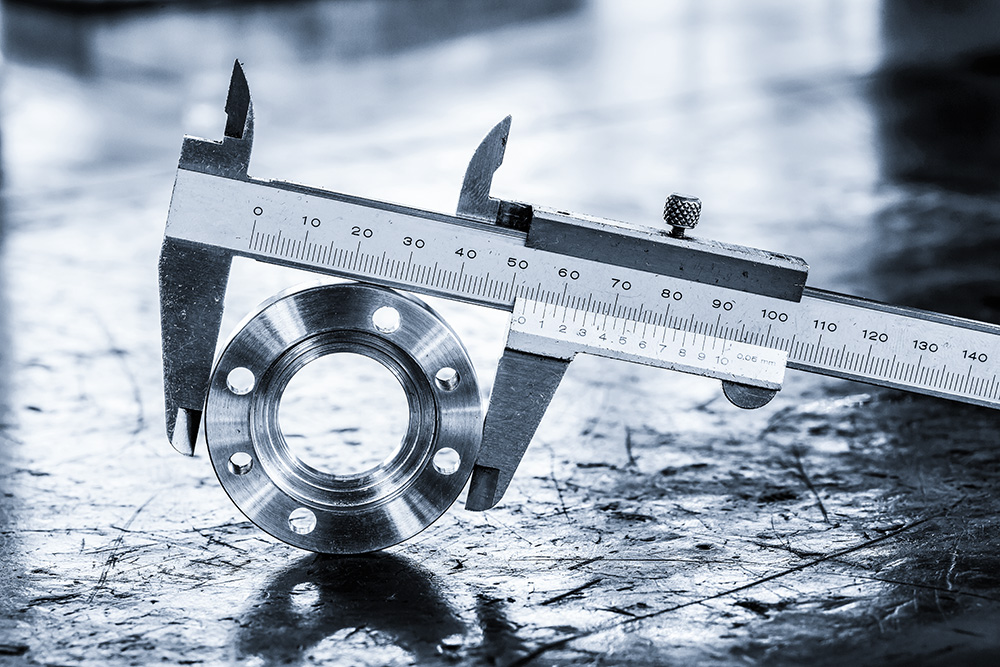This week marks the start of the 2015 Holiday Shopping Season. Being a short week for me, I thought I’d offer up some gift suggestions for engineers.
Behind-The-Scenes of AddOhms #14
After moving from learning a new tool to mastery, the resistance for me to switch becomes very high. This can apply to hardware tools like a drill, saw or CNC milling machine. It can also apply to software tools like EAGLE, Programming Languages or video editing software. In AddOhms #14, I gave an overview of the VirtualBench from National Instruments which I’ve covered on this blog as a hands-on, written review and video review.
[featured-image size=”featured” single_newwindow=”false” alt=”learn a new tool” title=”learn a new tool”]Photo courtesy of smuay/Shutterstock.com[/featured-image]For this AddOhms Behind-The-Scenes look, I talk about my experience with changing my tool set, the most critical tool in fact, I use for creating AddOhms Videos. If you’ve ever wondered how I do those hand animations, keep reading for the deepest look yet into my workflow.
When I was in elementary school, I remember Ms. Coker telling us we needed to memorize our multiplication tables because we wouldn’t always have a calculator. Years later in college I was told, “learn to use the library, it’s not like you can carry the internet in your pocket.”
Buy On TindieSeems strange that I always carry 3 devices on me that do both.
Today a generation of people are growing up with the mass of all human knowledge available to them from birth. No formal education is necessary. And the only need is a modern device with WiFi.
However. Not all accessible information is equal. Which is why I created the AddOhms Electronics Tutorial Video series. Instead of teaching Electrical Engineering as an engineer to other engineers, I’ve created a series that uses simple language to explain electronics to anyone. And now the growing YouTube series, is available for sale on DVD!
Keep reading to learn more about Volume 1 of the AddOhms DVD.
Buy On Tindie(P.S. The first batch on Tindie were hand made and include a special thank you…)
Podcasts are an amazing way to extend your knowledge in any subject. This (generally) free content is updated often, comes in a variety of formats, and covers nearly every subject.
Your definition of Podcast might vary from mine. So for this list it means: content regularly produced with the intention of informing on a particular subject which is available either as audio, video, and ideally a RSS feed.
Keep reading to see the different electrical engineering podcasts I listen to.
The idea for AddOhms #8 has been around for quite some time. I’m always trying to find ways to explain why current limiting resistors are necessary. So while working in the shop one day, I decided to play with some LEDs and a bench-power supply. Then I decided to record what happens.






